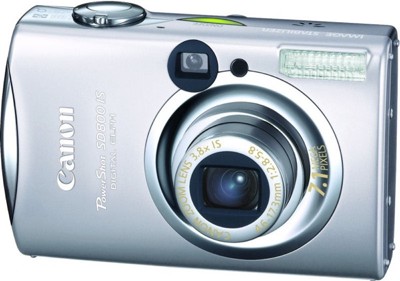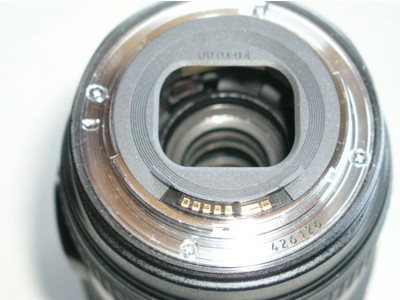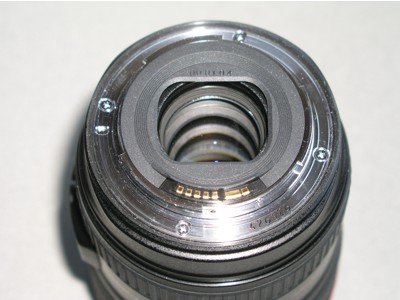A trip to the dentist gives a pause for reflection
What have my teeth to do with photography?
Let me start with a recent couple of incidents which caused the needle to spike on the Pindelski BS meter.
I have my teeth cleaned every six months. I don’t know why it’s every six months. Maybe it should be a year? Two years? I floss twice daily, adhere to high standards of dental hygiene and try to preserve that most important of tools for success in America, a beautiful, toothy smile. I live with the six month frequency as it seems to me the related check-up will disclose any problems in a timely manner. The cleaning, on the other hand, seems like a waste of time and money, even if it makes me feel holier than thou.
On a related topic, I take my dog to the vet annually for his shots and they assure me he is in great shape. Like a cold nose in the leg every morning didn’t already tell me that.
Now both these ‘professionals’ tried to rip me off last week. The dentist decided I needed to come in every four months. The vet said the dog needed biannual check-ups. When asked why, neither could provide a reasoned, objective, statistical argument supporting their views. Rather, I got the usual BS about “We feel that….” and “In our opinion….”. Notice how fraudsters and monarchs (same thing, really) default to the first person plural when they mean ‘I’. A simple, if naive, attempt at the power of agency. If it’s ‘we’ then more than one person must be in on the decision, right? And who are you, Mr. Layman, to question us professionals? Further, whenever I hear the words ‘believe’, or ‘think’, or ‘in my opinion’ my default conclusion, absent evidence to the contrary, is that the speaker is either lying or ignorant.
This technique is most commonly used, of course, by car mechanics, the medical profession and every scumbag salesman in insurance. Fear sells. It’s why some believe in God absent no credible scientific evidence to support their delusion. It’s the ultimate fear sell. “Buy insurance (make a donation) now at the Temple/Church/Mosque because one day you will need it”. Each is levering the consumer’s ignorance to tack on gratuitous bills. “Trust me, your engine will last longer on synthetic oil” (even if it means I can charge you four times as much). Zero objective statistical evidence on that one, by the way, unless you believe the stuff the oil companies put out. “You need an annual check up” (even if I disclaim all liability for missing the golf ball sized cancer on your head). Statisticians are wise to these games, of course, and the smarter ones are publishing refutations of these frauds by the medical profession (whom you thought you could trust) and the car mechanic (whom you know you cannot trust).
The bottom line when it comes to any sort of insurance is, in the words of a great US President, “Trust but verify”.
So if the current weakening US economy is the true source of these fraudulent attempts at revenue enhancement (dentists, vets, doctors and car mechanics have sub-prime loans too), some consideration of failure curves is in order. Which is where the photographic bit comes in.
Those who are in the machine sales racket will tell you that preventive maintenance is de rigeur. But think a moment about failure curves and you will see that machines fail most often when very new and very old. One of the greatest frauds in American retail sales practice is the ‘Extended Warranty’. It’s offered on every car, computer, camera, gadget, you name it, on sale in the retail world. Doctors, of course, offer no such warranty on their work and neither do dentists. There’s too much money to be lost. But the retail vendor knows the consumer is, for the most part, a blithering idiot. He knows if that new camera is to fail it will do so right away or thousands and thousands of pictures later. Any failure in the first year (the highest risk one) is covered, free, by the manufacturer’s warranty. The late one is irrelevant as the extended warranty will have expired. Meanwhile the sucker who has just paid the extended warranty premium has contributed a like amount of pre-tax net income to the seller. Sweet!
Think it’s trivial? Let’s check the B&H website. These estimable, honest folks are not above capitalizing on victims of American public schooling (mathematics is not on the curriculum). Can’t really say I blame them – it’s a for-profit business, after all. Too bad I cannot buy their stock.
Here’s the warranty they offer on the $2,200 Canon 5D body:

Here it is on the $1,059 Canon 24-105mm L zoom, a natural partner for this body:

Now given that these are statistically computed premiums which assure the seller maximum profit, we can glean two things from the amount. The 5D is more likely to fail (the premium is 5.9% of the selling price) than the lens (3.8%). OK, so how likely is that failure?
If I was in this protection racket, I would expect to clear a 75% margin. For every $100 dollars of revenue a net profit of no less than $75. Now when that 5D blows, it’s going to be something big – the mirror fails, the motor burns out, the meter goes kaput. A $1,000 repair, but $750 to you, Mr. Retailer. So every 5D failing because of manufacturing error (use, of course, is not covered) costs the writer of the insurance policy $750. So if I want a 75% margin, the failure rate of Canon’s 5D can be seen from this Excel spreadsheet – I have used the Goal Seek function and show the input box for the variables:

Stated differently, for the policy writer to make his 75% annual margin, he can sustain no more than one claim for every 69 cameras sold.
Or, looked at from the perspective of the user, there is a 1 in 69 chance of the camera failing in the three year extended warranty period. And you are going to pay $129.95 to protect a 1 in 69 chance of a $1,000 cost?. Let me put this politely. If you answered ‘Yes’ I am going into the warranty writing racket.
You want the numbers for that fabulous Canon 24-105mm L zoom? Assuming a $375 repair cost to the insurer, the result is 1 in 112. I repeat. 1 in 112.
When did you last bet on a 1 in 69 or 1 in 112 long shot? Because that’s what you are doing if you buy an extended warranty on your photographic gear.
So next time you are encouraged to have preventive maintenance on your car, body, teeth or camera, or someone tries to sell you an extended warranty, do the math. The rational amongst you will keep the money every time. The others need to beat a path to Pindelski Warranties Inc., cash in hand. And the smart ones will, of course, run the camera until it drops because that’s the lowest cost statistical probability.
Is there ever a set of circumstances under which a warranty makes statistical sense for your 5D? Check this database of shutter lives and you will see that the average life to failure of the Canon 5D’s shutter is some 217,000 actuations. Over 4 years (the extended and basic warranty periods in aggregate) that translates to 1,043 snaps a week. So, if you are a pro banging away at a higher rate than that, consider the warranty. But check the fine print. Chances are that professional use is not covered ….



